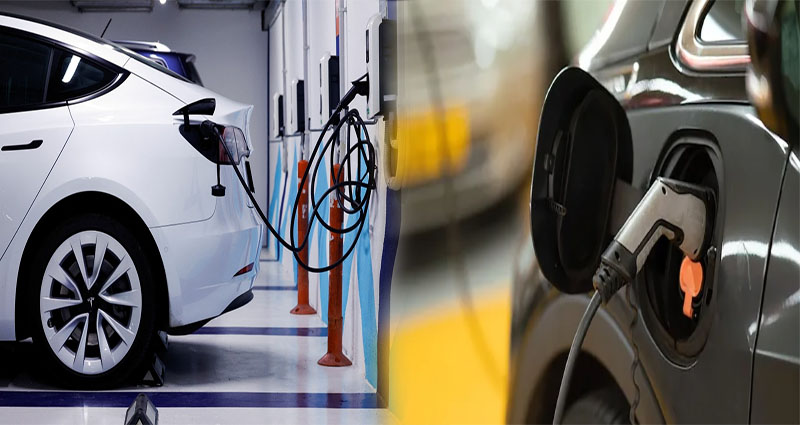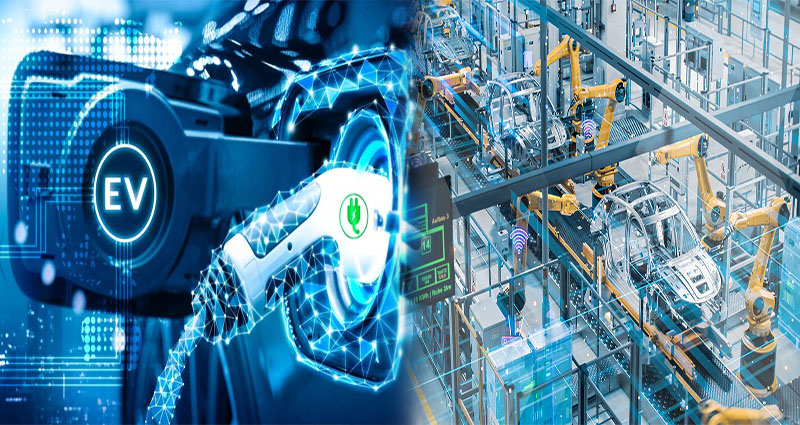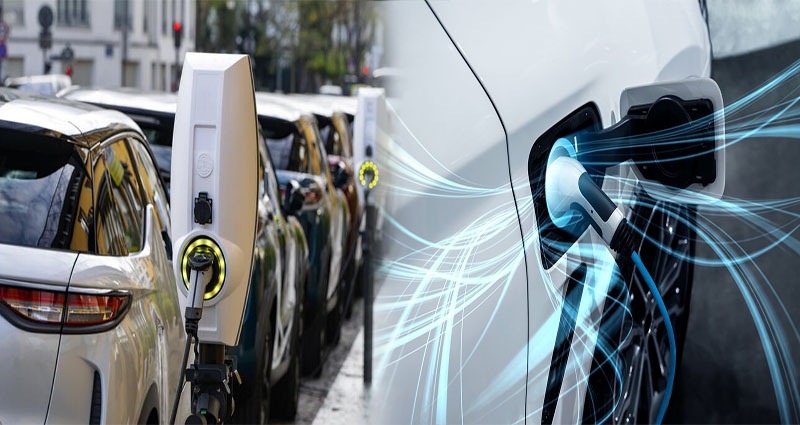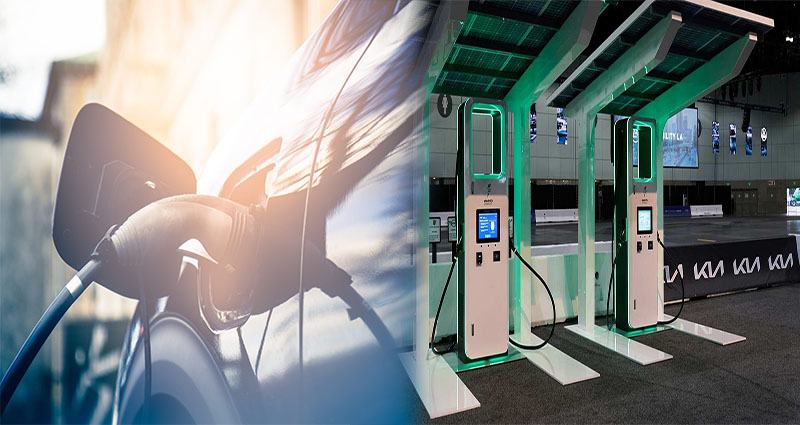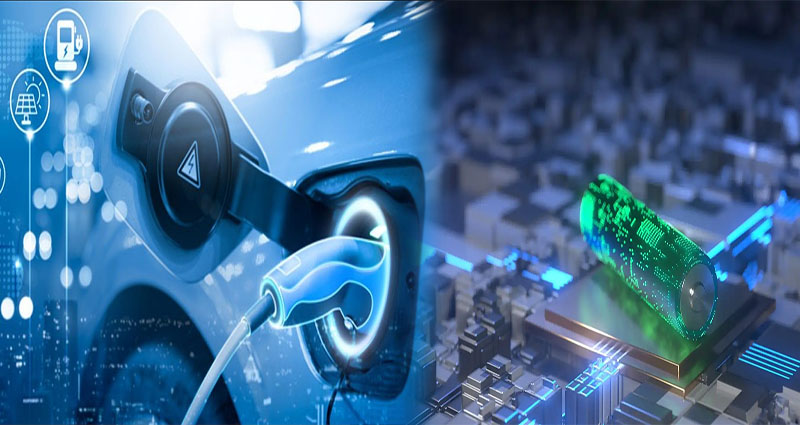Projections and Features for Electric Vehicle Models Poised for Rapid Growth
As the world’s transition towards sustainable transportation continues to gain momentum, electric vehicles (EVs) are set to experience rapid growth in the coming years. With advancements in technology and increasing consumer demand, several electric vehicle models are expected to dominate the market. In this article, we will explore the key projections and features that are driving the surge of electric vehicles poised for rapid growth.
Growing Popularity of Electric Vehicles
The shift towards electric vehicles is propelled by various factors. One significant factor is the increasing concerns about climate change and the need to reduce greenhouse gas emissions. Governments and environmental agencies worldwide are encouraging the adoption of electric vehicles through incentives, tax rebates, and stringent emission regulations.
Projections for Rapid Growth
According to industry experts, the electric vehicle market is expected to grow exponentially in the next decade. Tech giant BloombergNEF predicts that EVs will account for 10% of … READ MORE ...

